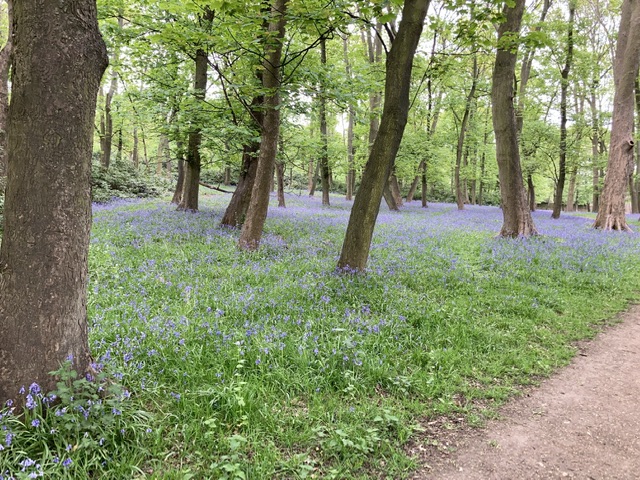Wollaton Park is home to a diverse range of wildflowers, including both native and non-native species. Here, Friends of Wollaton Park have collected over 100 examples of the types of wildflowers that can be found in the park.
Which wildflowers have we missed? Can you supply photos?
Why Native Wildflowers Matter…
Native wildflowers are those that have grown naturally in a particular region for a long time. They’re not just pretty additions to the landscape; they play a crucial role in healthy ecosystems. Here’s how:
- Pollinator Paradise: Wildflowers provide a vital food source for pollinators like butterflies and bees. These insects rely on the nectar and pollen from wildflowers for survival and reproduction. In turn, these pollinators help plants reproduce by transferring pollen between flowers.
- Habitat Haven: Diversity of wildflowers creates a complex and welcoming habitat for a variety of creatures. Small mammals, insects, and birds all find food, shelter, and nesting sites within the varied plant structures.
- Erosion Fighters: The root systems of wildflowers help to hold soil in place, preventing erosion from wind and rain. This is especially important on slopes and in areas with heavy rainfall.
- Nutrient Cyclers: Wildflowers participate in the nutrient cycle, taking up nutrients from the soil and releasing them back into the environment as they decompose. This creates a healthy balance for other plants to thrive.
- Beautiful Biodiversity: Native wildflowers come in a stunning array of shapes, sizes, and colors. This diversity contributes to the overall health and resilience of the ecosystem.
By protecting and promoting native wildflowers, we contribute to a healthier and more biodiverse planet.
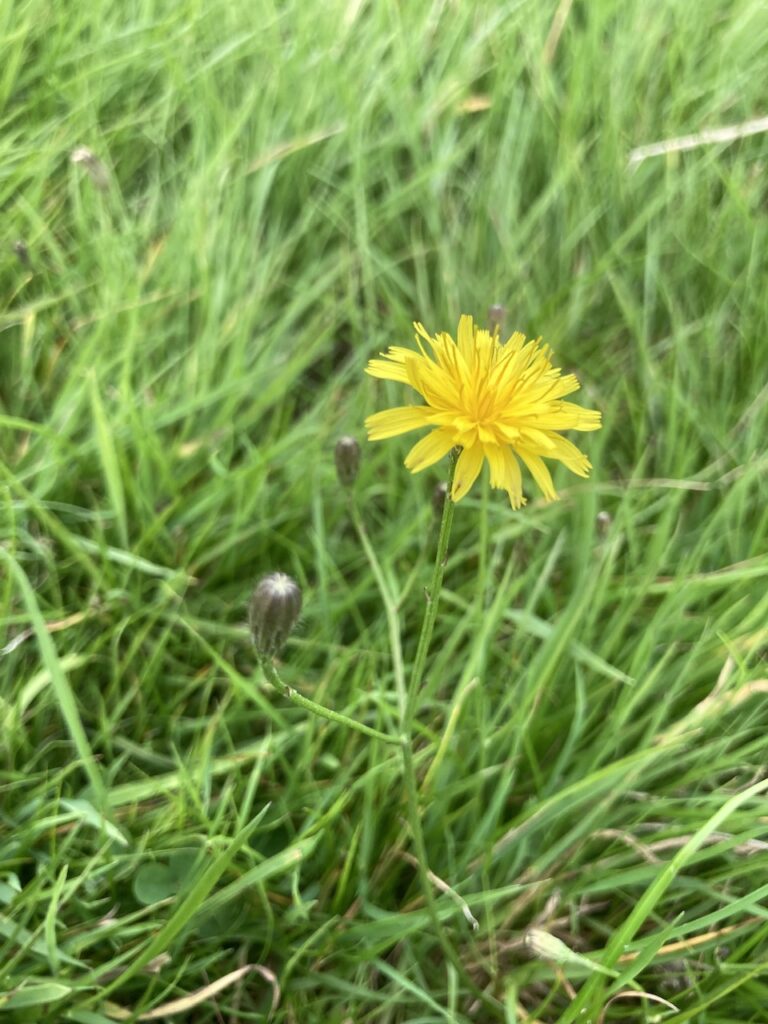
Carnations, Asters and Knotweeds
Autumn Hawkbit, Broad-leaved Dock, Cat’s-ear, Common Mouse-ear, Common Ragwort, Common Sorrel, Creeping Thistle, Daisy, Dandelion, Dianthus, Fleebane, Greater Burdock, Groundsel, Hawkweed, Knotgrass, Lesser Hawkbit, Lesser Stitchwort, Nipplewort, Oxeye Daisy, Red Campion, Red Daisy, Redshank, Sheep’s Sorrel, Sow Thistle, Spear Thistle, Trifid Bur-marigold, Wall Lettuce, Water-pepper, White Campion, Yarrow.
Buttercups, Lilys, Poppies and More…
Black Elder, Bluebells, Bulbous Buttercup, Celery-leaved Buttercup, Common Duckweed, Common Spotted-orchid, Common Water-crowfoot, Common Water-starwort, Creeping Buttercup, Crocus, Greater Celandine, Iceland Poppy, Lesser Celandine, Lords and Ladies, Marsh-marigold, Meadow Buttercup, Snowdrops, Spring Squill, Welsh Poppy, White Water-Lily, Winter Aconite, Yellow Corydalis, Yellow Iris.
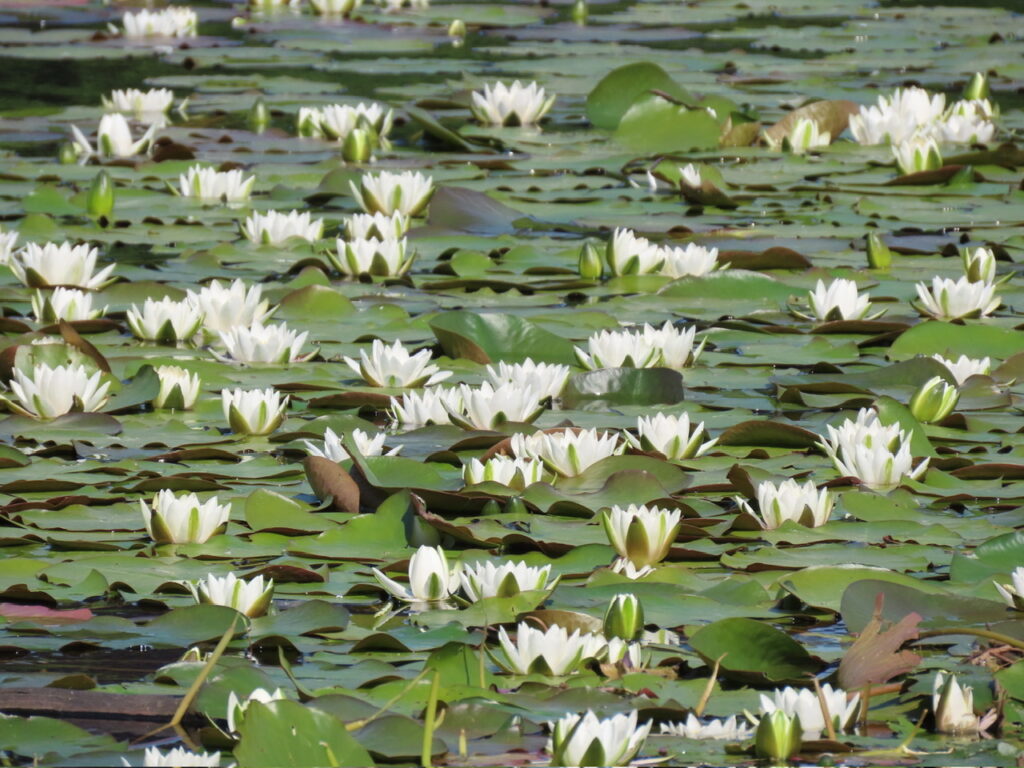
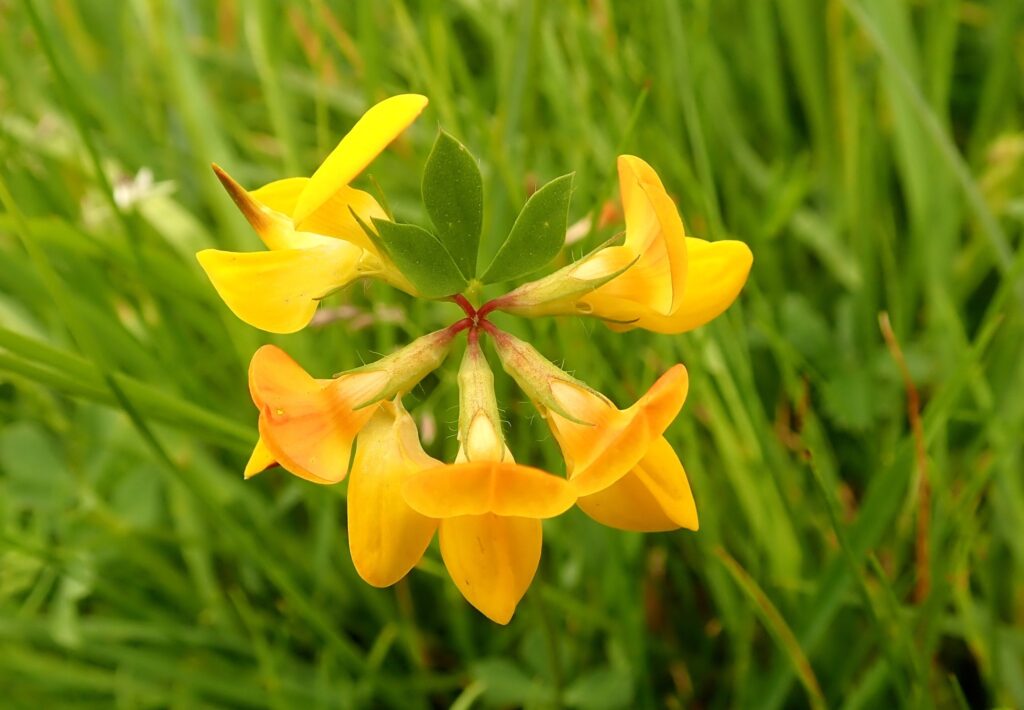
Roses, Legumes, Brassicas, and More…
Bird’s-foot-trefoil, Bramble, Charlock, Common Mallow, Common Whitlowgrass, Creeping Cinquefoil, Cuckooflower, Cut-leaved Crane’s-bill, Dog’s Mercury, Enchanter’s-nightshade, Garlic Mustard, Gorse, Hairy Bitter-cress, Hedge Mustard, Herb Robert, Perforate St John’s-wort, Petty Spurge, Shepherd’s-purse, Silverweed, Tormentil, Trailing St John’s-wort, Treacle-mustard, Violet, Water-cress, White Clover, Wild Strawberry, Willowherb, Wood Averns.
Carrots, Mint, Nettles, Figwort, Bedstraw and More…
Black Nightshade, Bittersweet (Woody Nightshade), Brooklime, Cleavers, Common Hogweed, Common Nettle, Cow Parsley, Fool’s-water-cress, Foxglove, Germander Speedwell, Gipsywort, Green Alkanet, Harebell, Heath Bedstraw, Hedge Bindweed, Hedge Woundwort, Hemlock, Ivy Leaf-Cyclomen, Lady’s Bedstraw, Lemon Balm, Lesser Water-parsnip, Red Dead-nettle, Selfheal, Skullcap, Water Figwort, Water Mint, White Dead-nettle.
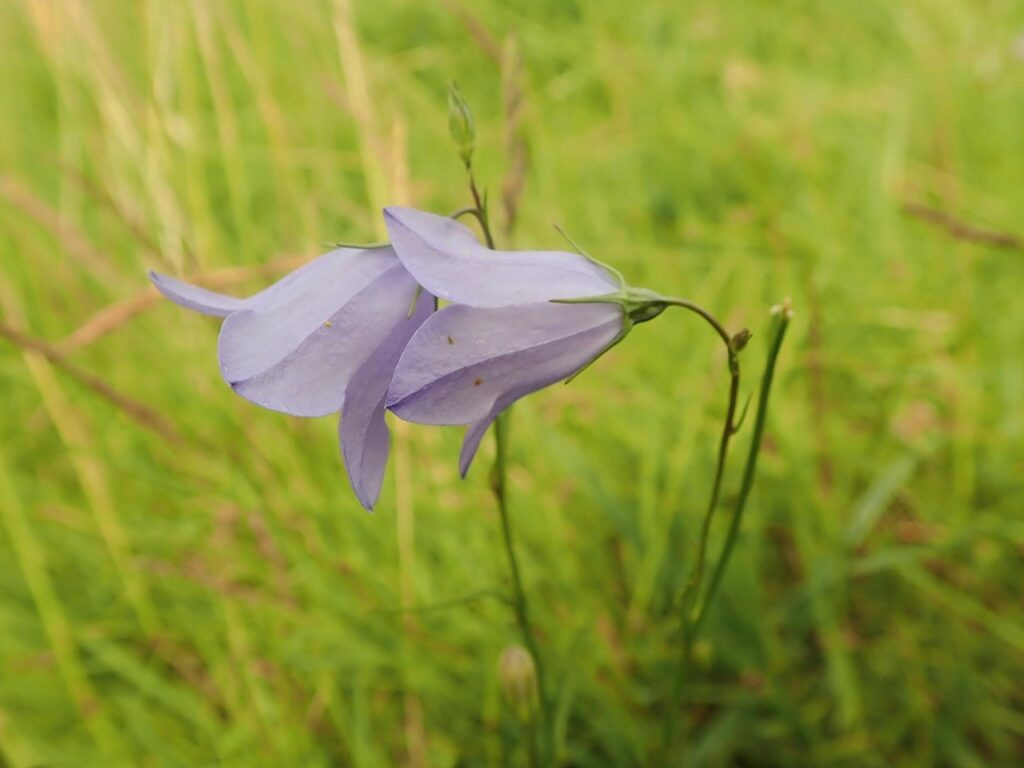
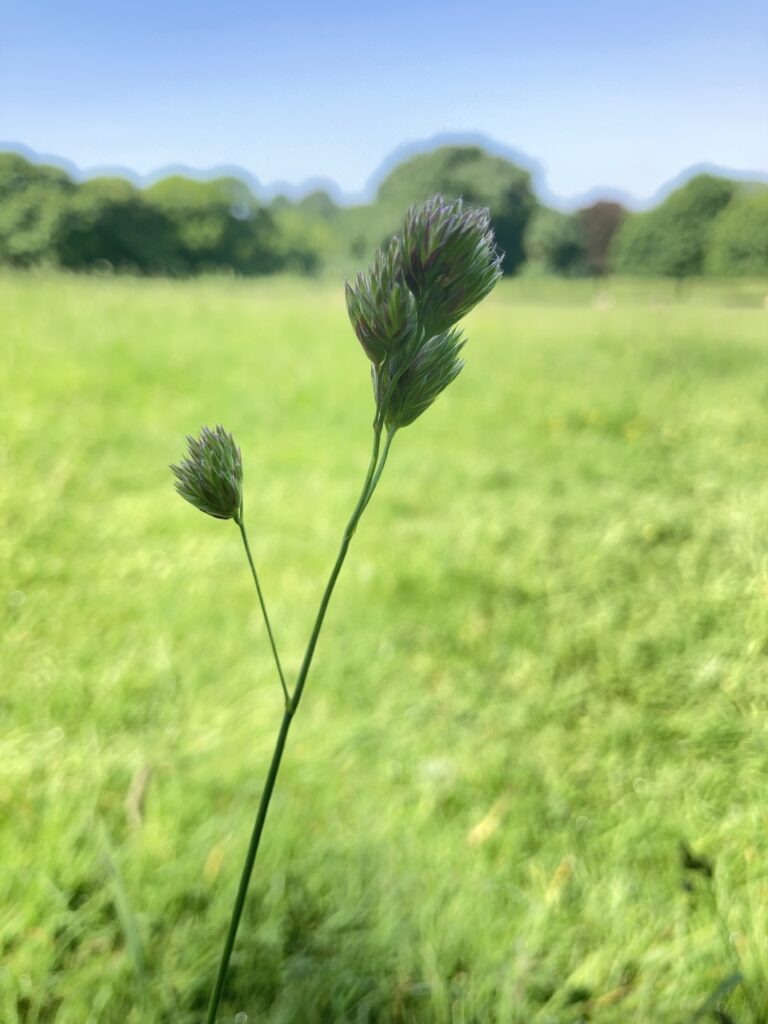
Ferns, Grasses, Sedges and Rushes…
Barley, Bracken, Bulrush, Common Club-rush, Common Spike-rush, Common Polypody, Common Reed, Crested Dog’s-tail, Fescue, Foxtail Grass, Hart’s Tongue Fern, Horsetail, Marsh Foxtail, Meadow Foxtail, Orchard Grass, Soft Rush, Sweet Grass, Wall-rue, Whorlgrass, Wood Clubrush.
Wildflower Facts
Wildflowers provide food and shelter for a variety of animals. Bees, butterflies, birds, and small mammals all rely on wildflowers for food and shelter. Wildflowers also provide a habitat for beneficial insects, such as ladybirds which help to control pests.
On these Wildflower pages, we use Common Names for flowers, as they are more familiar to many people. The Common Names and families are aligned with those in Collins Complete Guide to British Wildflowers. Scientific names are shown in Italics.

